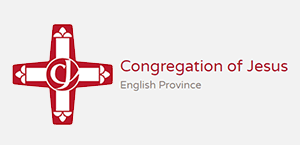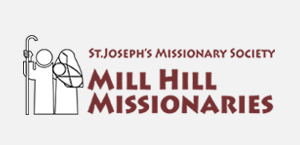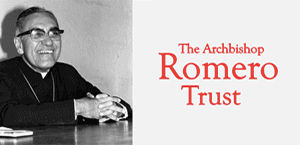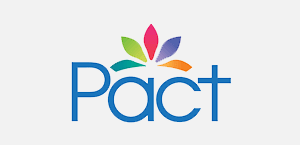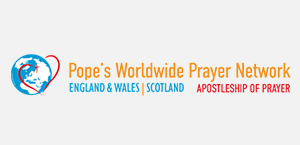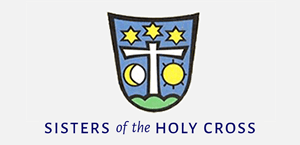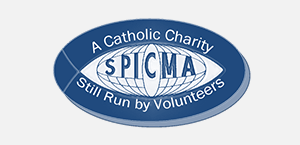Gospel in Art: The Feeding of the Five Thousand
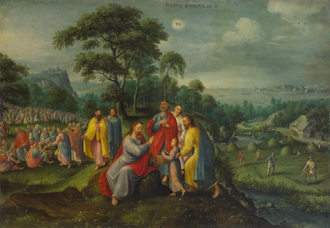
Feeding of the 5,000 by Marten van Valckenborch, 1580 © Kunsthistorisches Museum, Vienna
Source: Christian Art
Gospel of 28 July 2024
John 6:1-15
Jesus went off to the other side of the Sea of Galilee - or of Tiberias - and a large crowd followed him, impressed by the signs he gave by curing the sick. Jesus climbed the hillside, and sat down there with his disciples. It was shortly before the Jewish feast of Passover.
Looking up, Jesus saw the crowds approaching and said to Philip, 'Where can we buy some bread for these people to eat?' He only said this to test Philip; he himself knew exactly what he was going to do. Philip answered, 'Two hundred denarii would only buy enough to give them a small piece each.' One of his disciples, Andrew, Simon Peter's brother, said, 'There is a small boy here with five barley loaves and two fish; but what is that between so many?' Jesus said to them, 'Make the people sit down.' There was plenty of grass there, and as many as five thousand men sat down. Then Jesus took the loaves, gave thanks, and gave them out to all who were sitting ready; he then did the same with the fish, giving out as much as was wanted. When they had eaten enough he said to the disciples, 'Pick up the pieces left over, so that nothing gets wasted.' So they picked them up, and filled twelve hampers with scraps left over from the meal of five barley loaves. The people, seeing this sign that he had given, said, 'This really is the prophet who is to come into the world.' Jesus, who could see they were about to come and take him by force and make him king, escaped back to the hills by himself.
Reflection on the painting
Today's miracle is one of the best known Gospel stories that we all love. But note how this miracle of multiplication is not the first time this occurred in the Bible. Jesus Christ was not the first to multiply barley loaves to feed a crowd. In 2 Kings 4, the prophet Elisha faced a similar situation. During a famine, a man brought barley loaves to Elisha to feed 100 people, likely his students. The man doubted that the loaves would be enough, but Elisha told him to distribute the bread anyway. Miraculously, the bread multiplied, and everyone had enough to eat with leftovers remaining. There were fewer people there, but nevertheless a miraculous multiplication took place.
The other thing to note, is how public this miracle is. Some of Jesus' miracles were private, like for example when he would heal someone away from the crowds. Plenty of examples we know. Others were semi-private, such as turning water into wine, or witnessed only by His disciples, like walking on water. However, the miracle of feeding the 5,000 was the most publicly witnessed of all His miracles. This is because this miracle prefigures the Eucharist. Unlike the Synoptic Gospels, John doesn't include a direct account of the Last Supper's institution of the Eucharist. Instead, through the feeding miracle and the subsequent Bread of Life discourse, John emphasises Jesus offering Himself as spiritual sustenance, foreshadowing the Eucharist.
At the heart of our Flemish painting, we see Jesus, blessing the loaves and fishes. His presence is the focal point, drawing the viewer's eye to the central miracle. To the left of Jesus we see the disciples, actively distributing the multiplied food to the crowd. Their dynamic poses and expressions reflect the astonishment and joy of the miracle. The crowd, composed of men, women, and children, showcases a variety of expressions. Some are reaching out for food, while others are already eating or watching the event unfold. The serene landscape to the right showcases people harvesting. We are all asked through our participation in the eucharist to work in God's fields, forever abundant in fruits.
LINKS
Gospel in Art: https://christian.art/
Today's Reflection: https://christian.art/daily-gospel-reading/john-6-1-15-2024/










